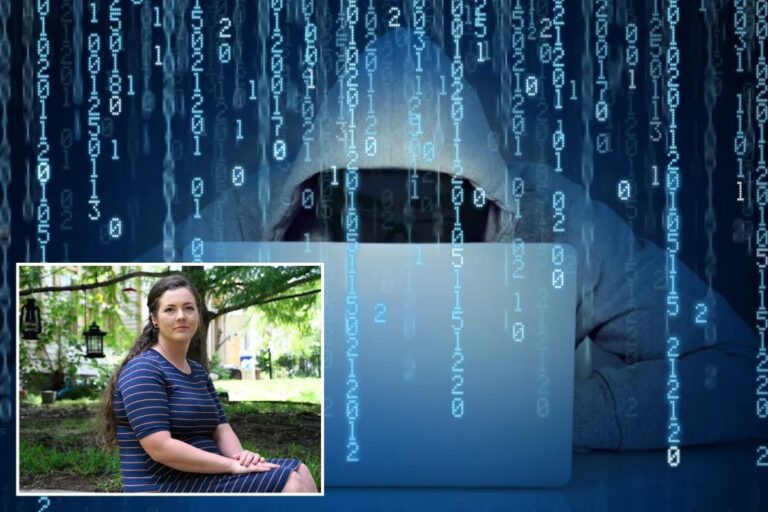Rising Threat of Student Loan Fraud: The Case of Ghost Students
In an alarming incident, Heather Brady from San Francisco found herself the victim of identity theft after being questioned by a police officer about an application she never submitted to Arizona Western College. Unbeknownst to her, criminals had applied on her behalf, aiming to siphon off government financial assistance.
When Brady checked her student loan servicing account, she discovered that over $9,000 had been fraudulently taken out in her name, associated with coursework at a California college. “I can’t imagine how many people have no idea this is happening to them,” Brady expressed, highlighting the widespread nature of such fraud.
The surge in online course popularity and advancements in artificial intelligence have contributed to a dramatic rise in financial aid fraud. Criminal organizations are now employing “ghost students,” leveraging chatbots to attend classes long enough to collect financial aid checks. The implications for legitimate students are dire; many are left locked out of essential courses while navigating the fallout from these scams.
Federal Response to Growing Fraudulent Enrollment
In response to this growing threat, the U.S. Department of Education recently introduced a temporary rule requiring first-time federal aid applicants to provide government-issued identification. This new measure aims to combat fraudulent applications and will affect approximately 125,000 borrowers in the upcoming summer enrollment period.
An analysis by the Associated Press revealed that California community colleges reported an unprecedented 1.2 million fraudulent applications in 2024, resulting in 223,000 fake registrations. These schemes have cost colleges millions, with criminals reportedly stealing over $11.1 million in federal and state aid last year alone.
Cases of Identity Theft: Real Stories of Victims
The case of Wayne Chaw further illustrates the impact of identity fraud. After receiving unexpected emails regarding an Anza Community College course he never enrolled in, Chaw learned that his Social Security number had been compromised, leading to fraudulent financial aid totaling $1,395. Chaw expressed his discomfort, stating, “It’s very weird when I saw this,” emphasizing the unsettling nature of identity theft.
Similarly, Brittnee Nelson from Shreveport discovered loans taken out in her name for institutions in California and Louisiana, despite never attending college herself. Nelson’s struggles with identity theft reflect a growing concern, as she now has to manage loans that nearly went to collections.
Mitigating Risks for Future Borrowers
The Biden administration’s push for stronger verification processes aims to protect against identity theft, with Nelson advocating for implementation. “If they can make these obstacles a little more difficult and have these verifications more provable, it could protect people long-term,” she said.
Conclusion: A Call for Action
The increase in fraudulent student registrations paints a grim picture of the current educational landscape. As identity theft continues to escalate, both educational institutions and the federal government must work together to enhance security measures. For students like Brady, the thought of being burdened with fraudulent loans remains a haunting reality, leaving many feeling helpless against the looming shadow of identity theft.

